Last year, Apple's iPhone XR was the interesting story in the iPhone lineup, while the top-end iPhone XS was only a modest update over its predecessor the iPhone X. But this year, the roles have flipped: the iPhone 11 Pro is a notable step forward for the flagship tier, while the iPhone 11 is only a slight improvement over the iPhone XR as the company's latest entry-level new phone.
With the iPhone 11 Pro, the best smartphone display on the market just got significantly better, the fastest smartphone CPU and GPU got even faster, and Apple caught up to competitors with new camera features.
If anything, though, the past two years of new iPhones have demonstrated that many people's habits of upgrading every two years should be amended to every three or even four years. And there’s nothing here to convince you to switch to an iPhone if you already weren’t interested in Apple’s ecosystem of devices, software, and services. Apart from the fact that iOS 13 opened things up a bit for power users this year, all the strengths and weaknesses of Apple as compared to Android remain the same.
For those who know they want an iPhone, the iPhone 11 is a better deal than the flagships based on our recent time with both handsets—and we'll publish a short review of that phone in the next few days. But for those who want an iPhone and the cutting edge of smartphone tech, the iPhone 11 Pro is the best new iPhone in quite some time. It might not really be "pro," but it's as quality as it gets.
Specifications
The iPhone 11 Pro and 11 Pro Max are just barely heavier and thicker than the XS and XS Max. The iPhone 11 Pro comes in at 5.67×2.81×0.32 inches (144×71.4×8.1mm) and weighs 6.38 ounces (88 grams). The iPhone 11 Pro Max measures 6.22×3.06×0.32 inches (158×77.8×8.1mm) and 7.97 ounces (26 grams).
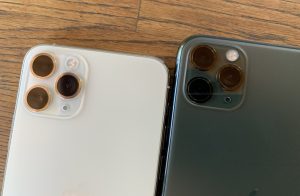
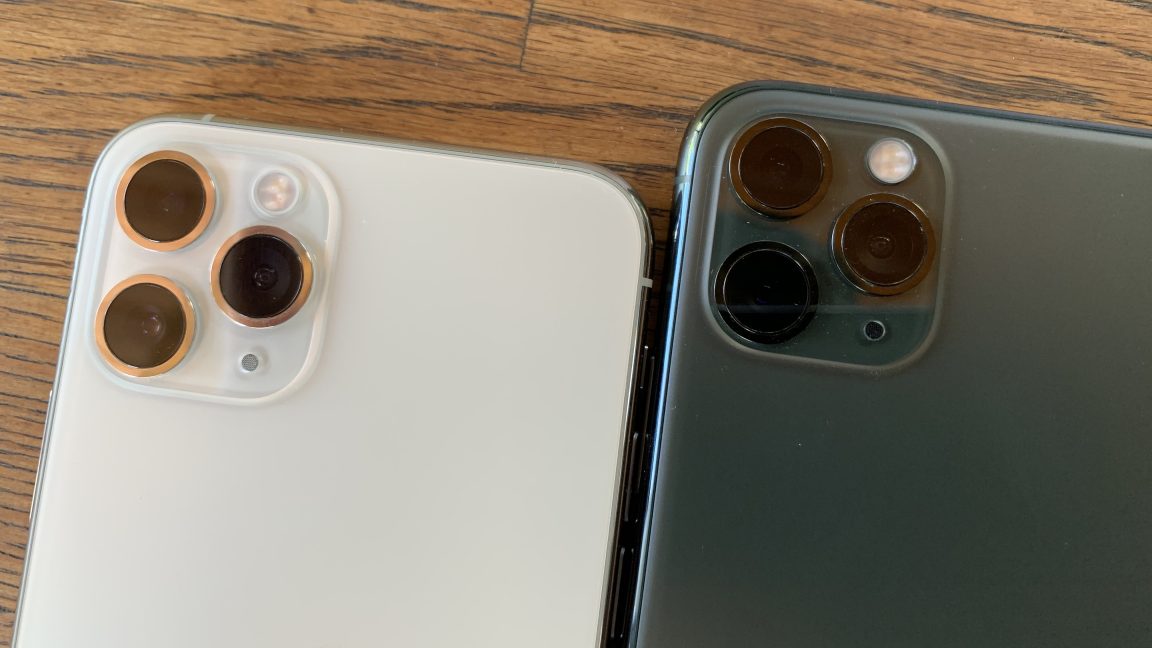
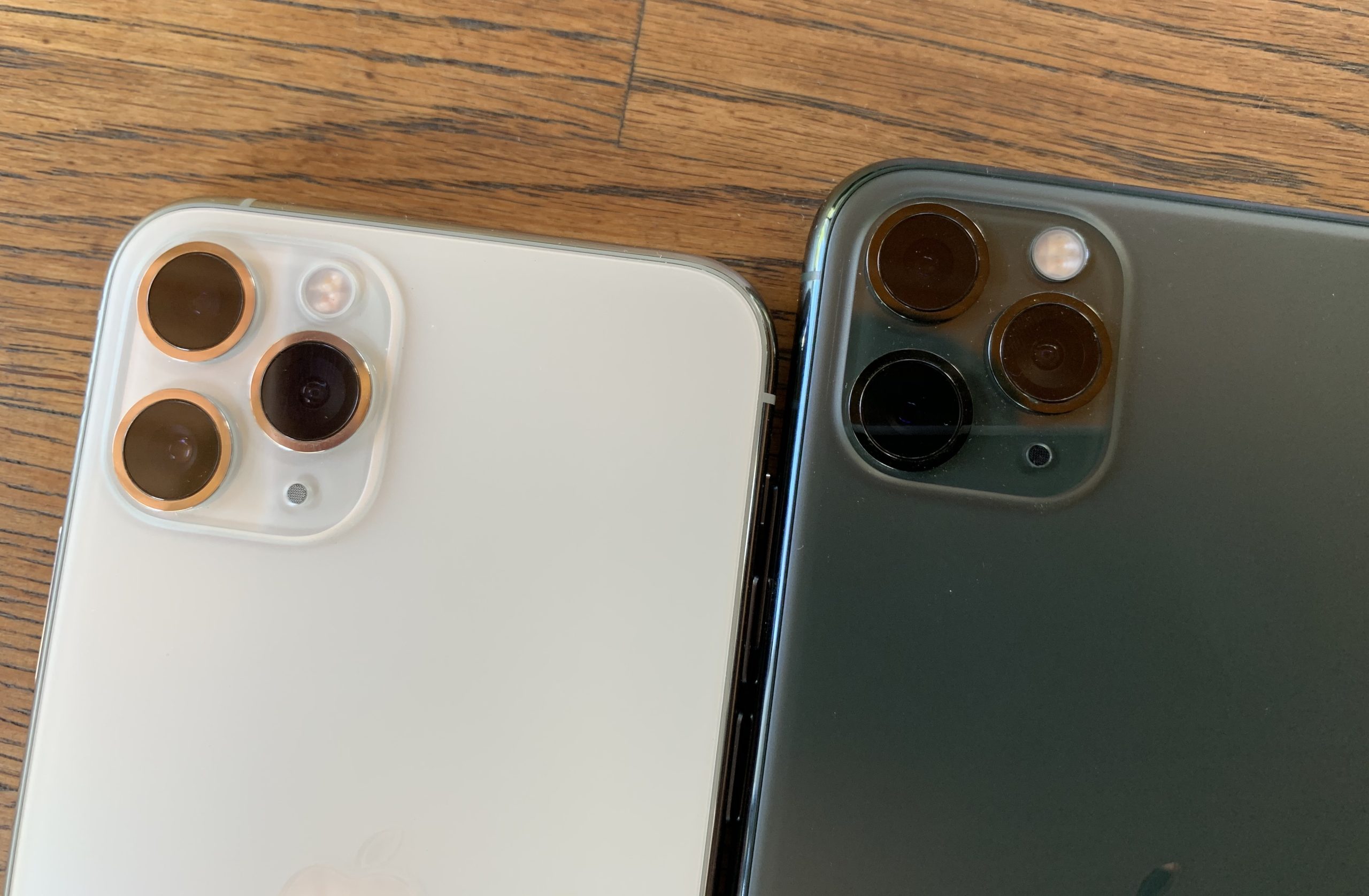
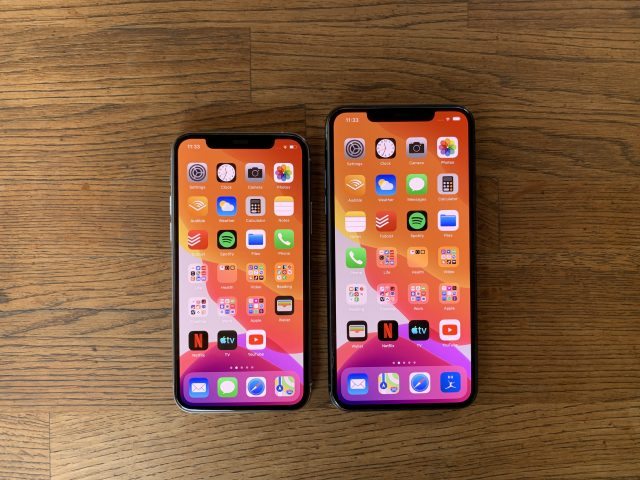
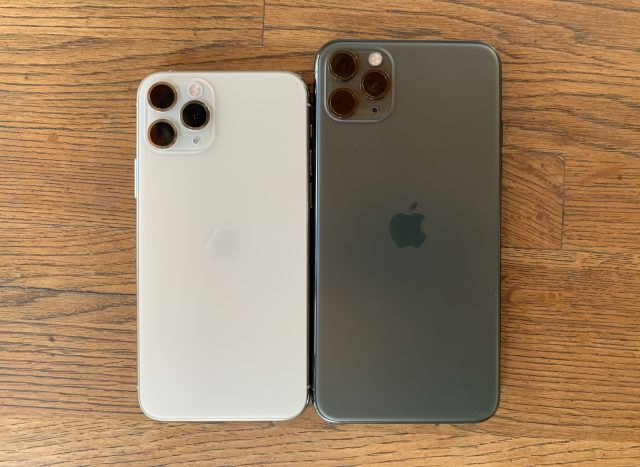
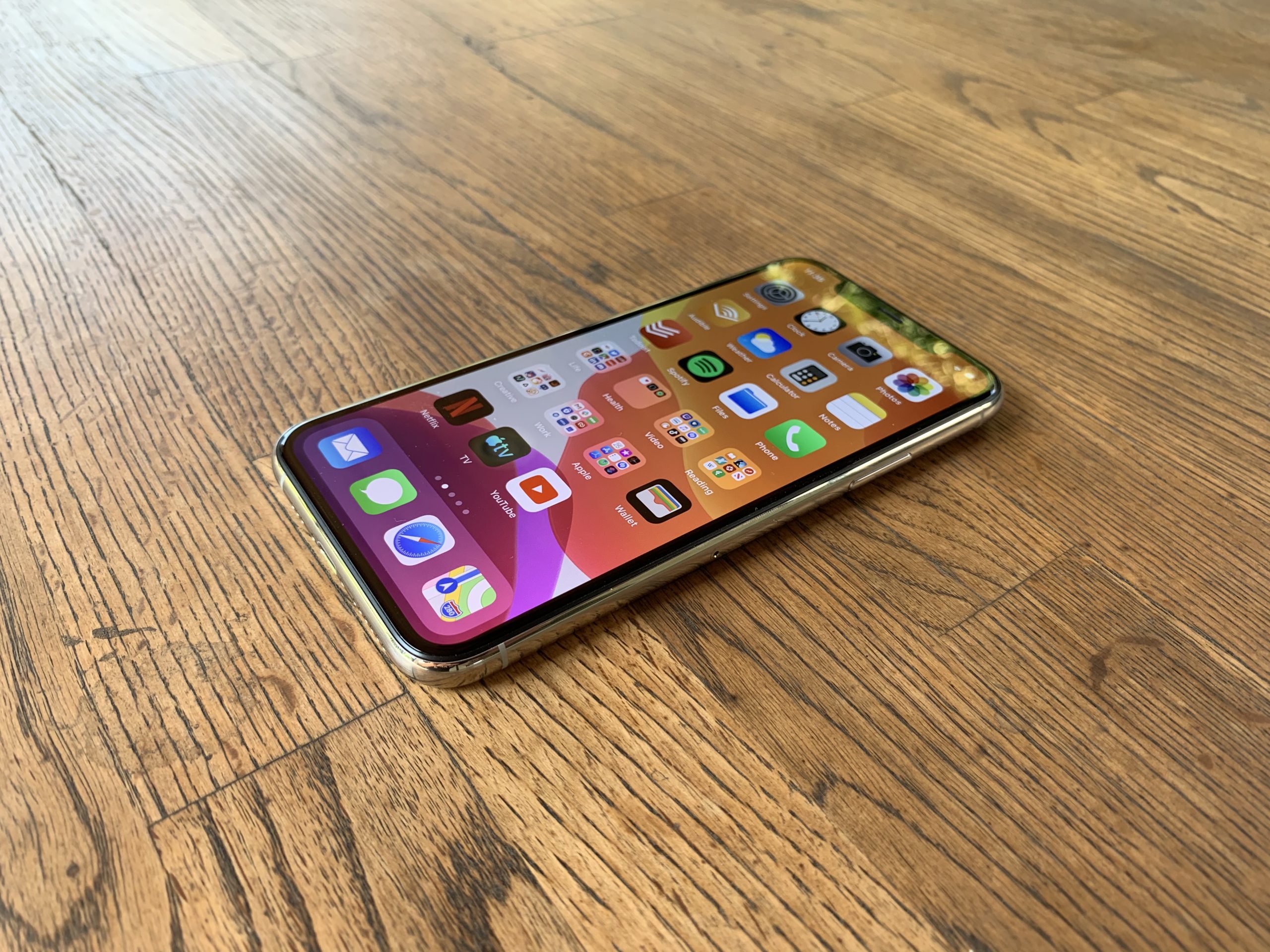
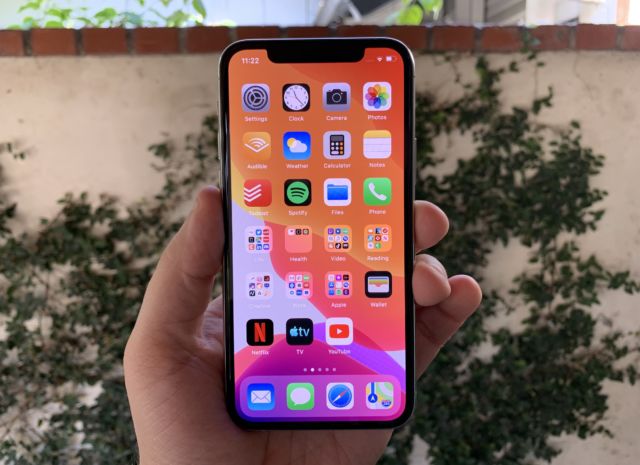
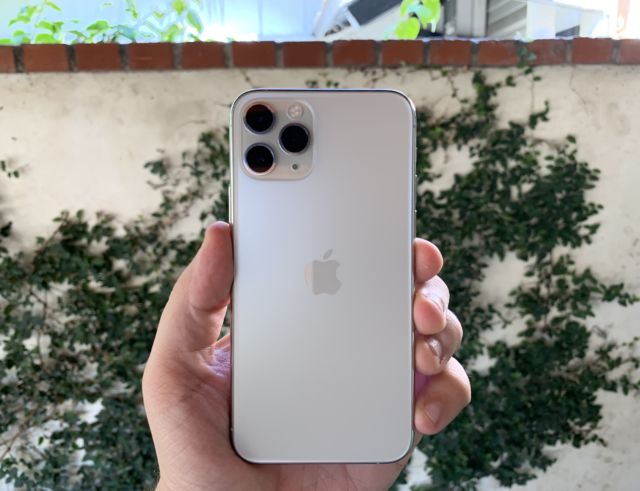


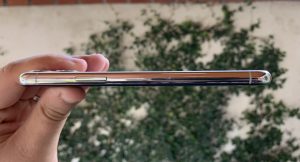

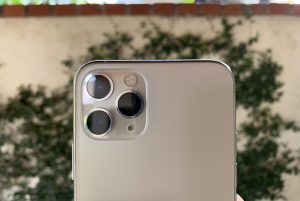
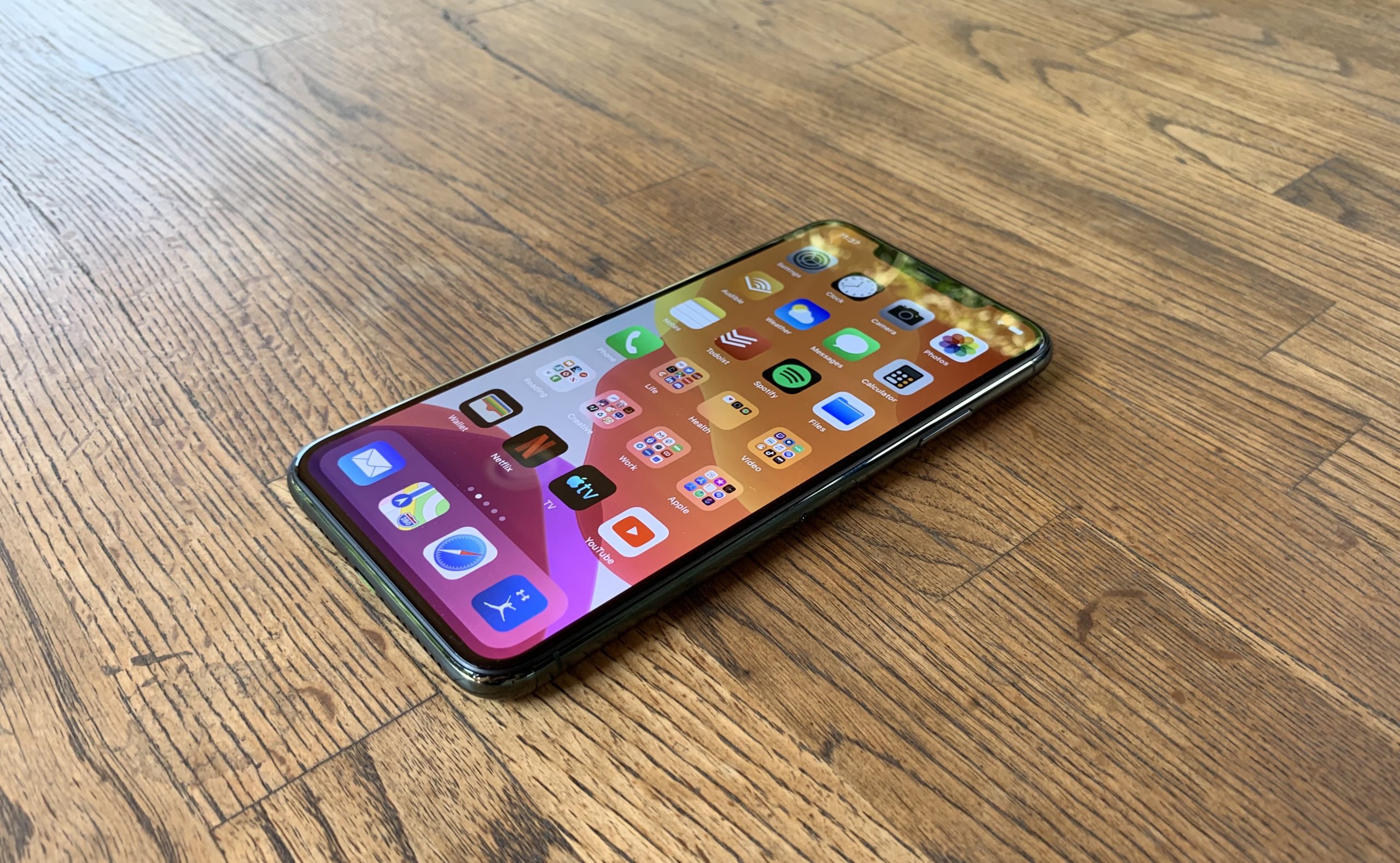
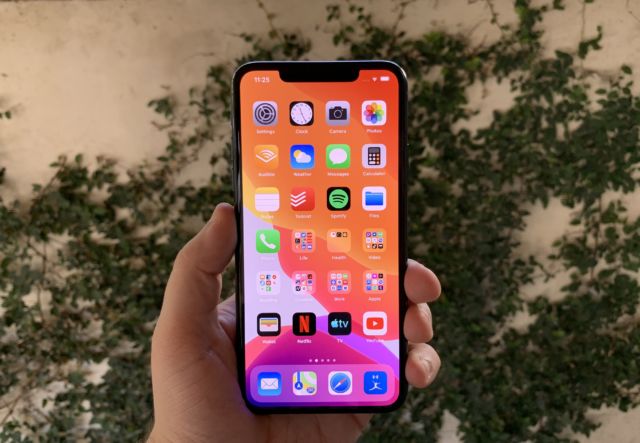
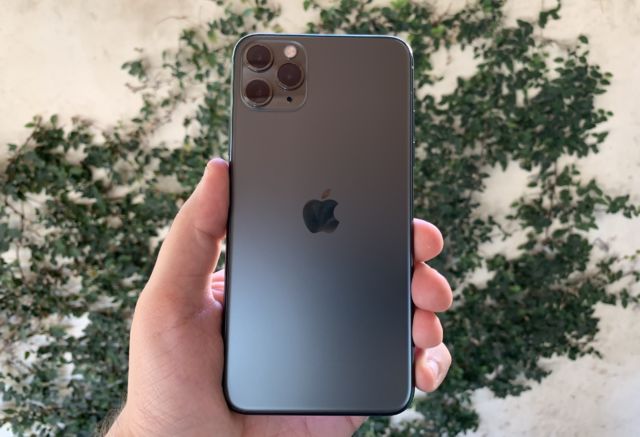
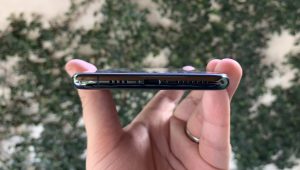

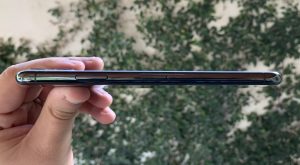

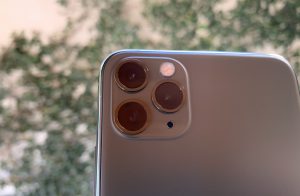




















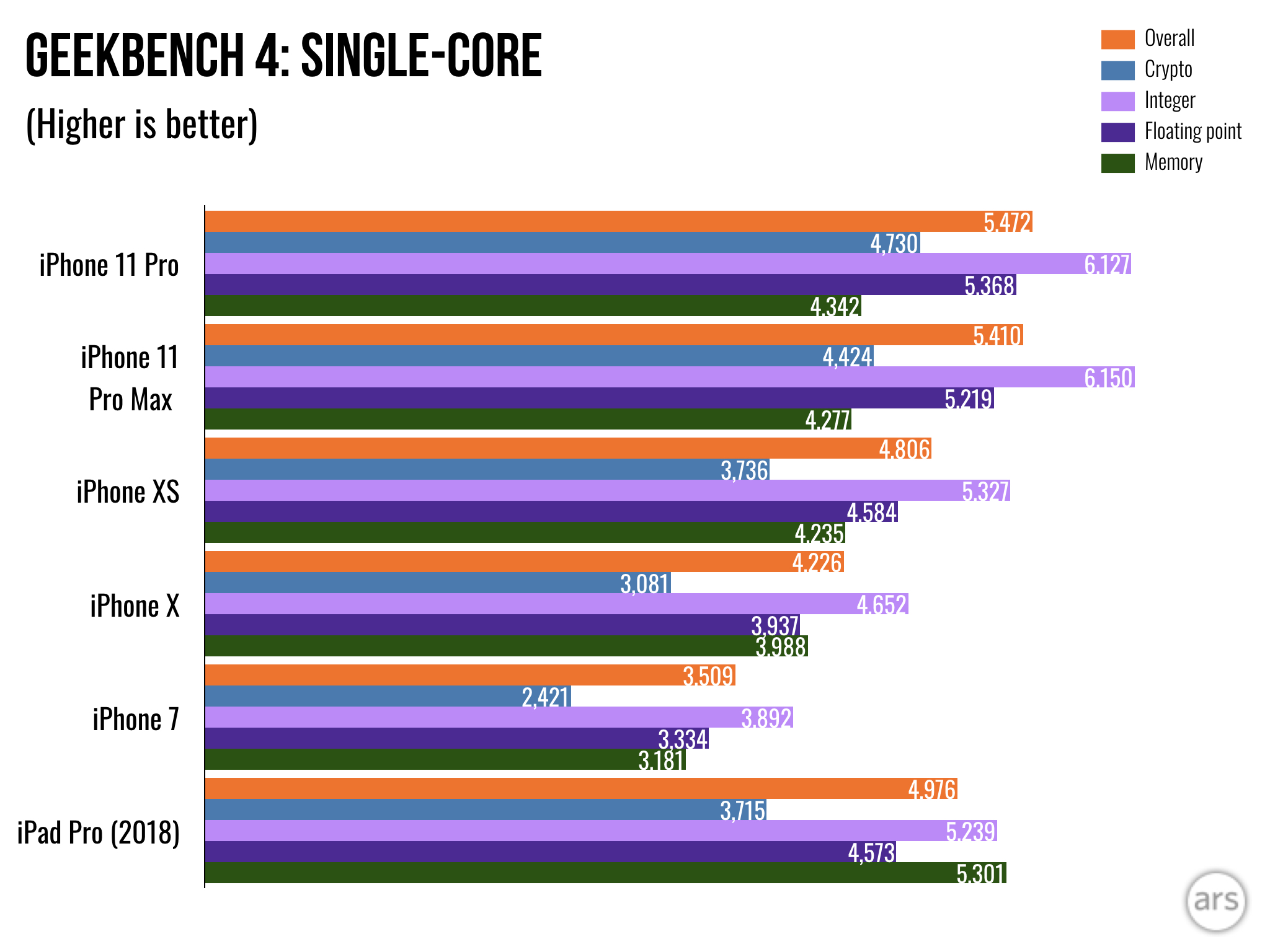
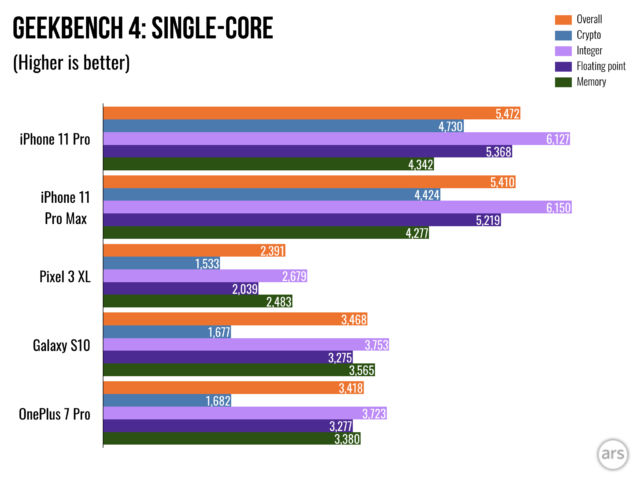
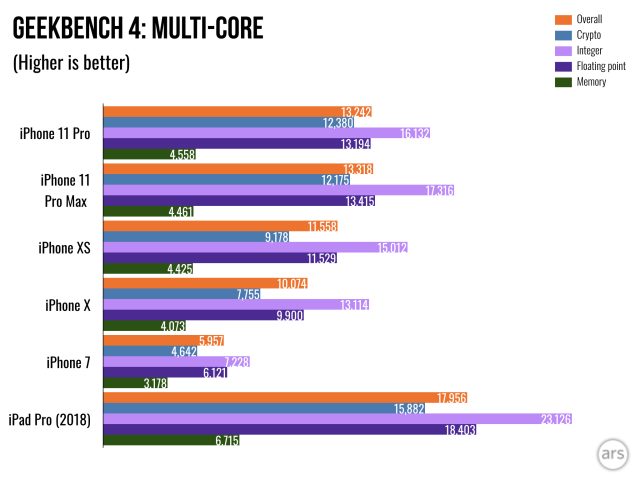
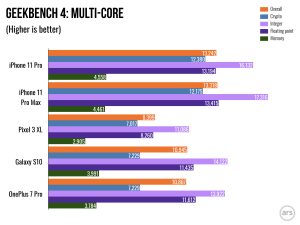
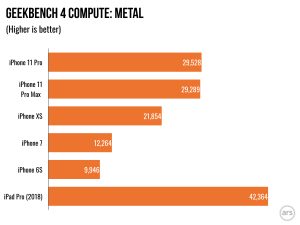
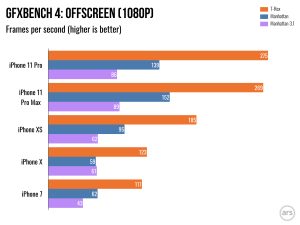
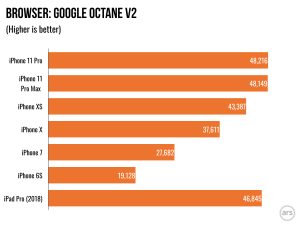
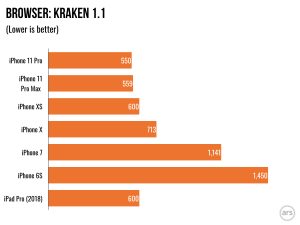
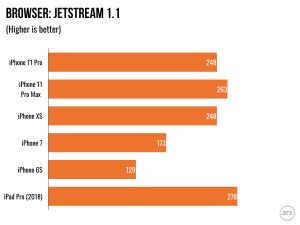

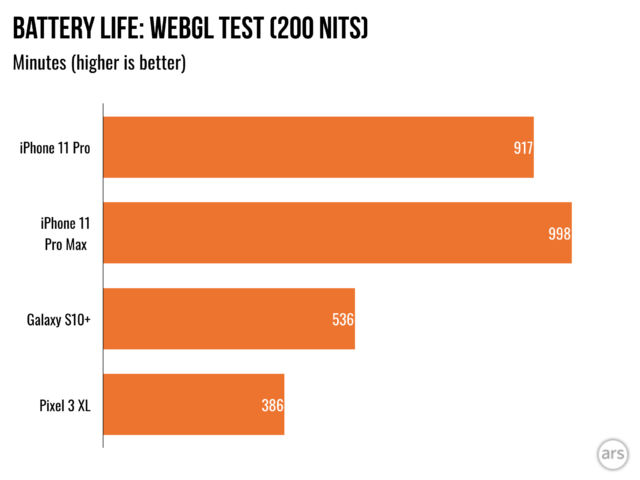

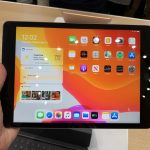





 Loading comments...
Loading comments...
